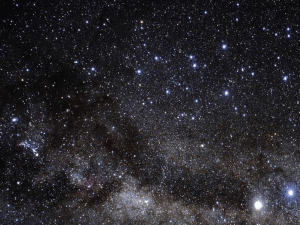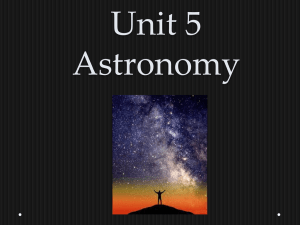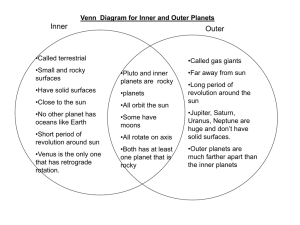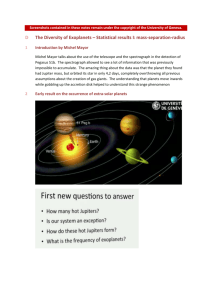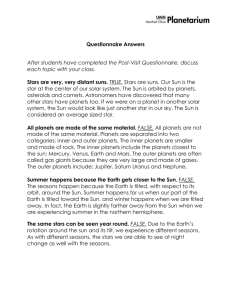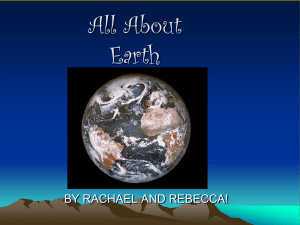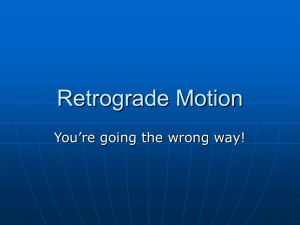Courtney_howard_review
advertisement
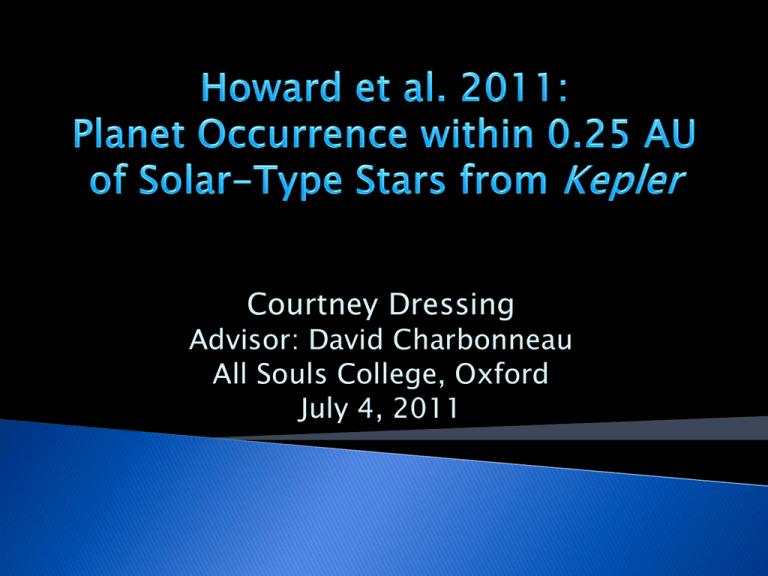
Courtney Dressing Advisor: David Charbonneau All Souls College, Oxford July 4, 2011 Number of target stars: 156,453 (58,041) Number of candidates: 1,235 (438) ◦ Orbiting 997 (375) stars Solar Subset: Teff = 4100-6100 K log g = 4.0-4.9 Kepmag < 15 Bright Dwarf Sample: Teff = 3600-7100 K Within each grid cell, calculate: ◦ ◦ ◦ ◦ Number of candidates “Augmented” number of candidates Number of stars searched Planet occurrence rate Number of non-transiting planets with same radius and period as transiting candidates n pl n pl ,aug ,cell j 1 1 pj where R* p j a j =probability of transit Number of stars for which each transiting planet has SNR > 10 SNR n tr t dur CDPP 3 hr Planet Occurrence = Rate Augmented # of Planets # of Stars Searched n p l , cell f cell j 1 1/ p j n *, j Periods <50 days Radii: 2-32 REarth Radius Range Occurrence Rate 2-4 0.130±0.008 4-8 0.023±0.003 8-32 0.013±0.002 2.8 REarth Planet Radius 2 REarth 10 Days Period 17 Days df R d log R kRR kR= 2.9 +0.5/-0.4 α = -1.92 ± 0.11 df P d log P k P P 1 e P / P0 df P d log P k P P 1 e P / P0 Larger planets have shorter cutoff periods and sharper transitions. Teff 5100 K f T eff f 0 k T 1000 K f0= 0.165±0.011 kT=-0.081±0.011 Random errors? ◦ Trend preserved for Teff = 4100-6100 K ◦ Trend preserved after Monte Carlo applying gaussian random deviates to Teff and log g Systematic stellar radius bias? ◦ Would require log g error of 1.6 dex ◦ Errors in KIC are ~0.25 dex Systematic metallicity bias? ◦ Errors on [Fe/H] in KIC are ≳0.2 dex (rms) ◦ Cannot be ruled out More massive planets have more H/He gas Change at 4.5 ME? Models from Fortney et al. 2007 Solar system Kepler Other surveys Assume planets with densities above 4 g/cm3 are primarily composed of refractory elements Toy density models ◦ Constant density ◦ Piece-wise constant density Compared to Eta-Earth Survey ◦ ◦ ◦ ◦ Volume-limited survey of 166 GK dwarfs 35 planets detected around 24 stars Keck-HIRES See Howard et al. 2010 Black: Kepler prediction Red: Eta-Earth measurement Decreasing density Best models have ρ≳4g/cm3 for Rp≲3RE Planet occurrence increases with decreasing radius and increasing orbital period Smaller planets (2-4 RE) are more common around cooler stars (metallicity effect?) Larger planets have steeper cutoffs at shorter periods than smaller planets There is a ridge of high planet occurrence from 3 days and 2 RE to 50 days and 4 RE.


